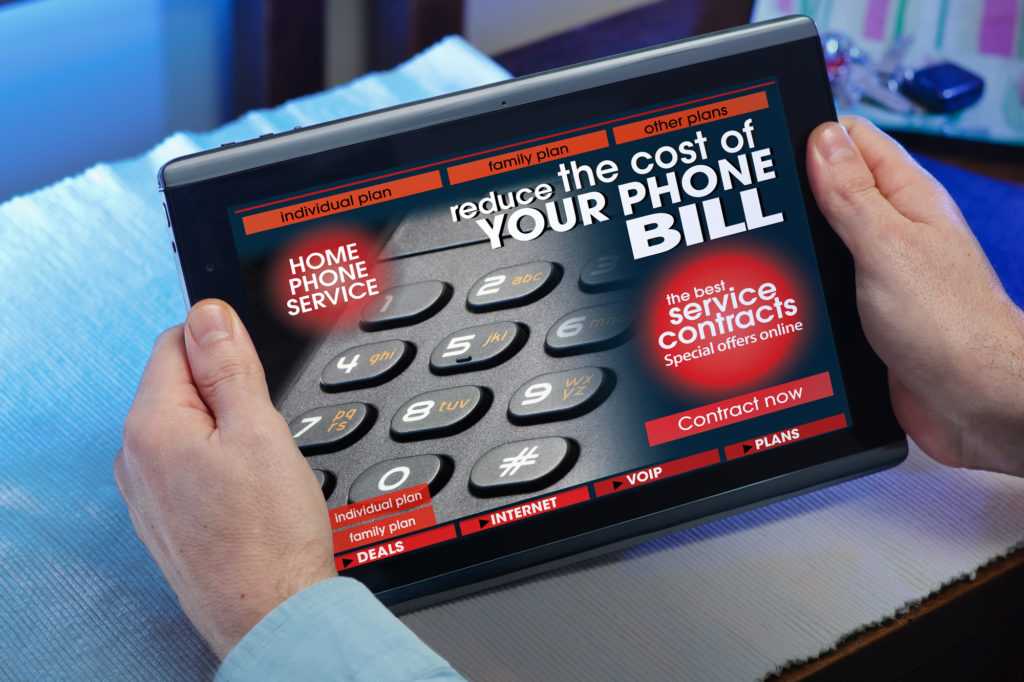(407) 413-8649
NETWORK CABLING BUSINESS PHONE SYSTEMS ORLANDO

Choosing the Right Cable:
Basic Needs vs. High Performance: If your network primarily deals with standard data and voice applications, Cat 5e might suffice. For higher performance requirements and future-proofing, especially in larger business environments, Cat 6 or Cat 6A would be more suitable.
Distance Considerations: Cat 6A cables are advantageous for longer cable runs, as they maintain higher speeds over extended distances. If your network involves extended cable lengths, Cat 6A may be the preferred choice.
Budget Constraints: While Cat 6 and Cat 6A offer superior performance, they may come at a higher cost compared to Cat 5e. Consider your budget constraints and weigh the benefits against the investment when making a decision.
The choice between Cat 5e, Cat 6, and Cat 6A depends on your specific networking requirements, budget considerations, and future scalability needs. Whether you’re setting up a home network, a small business infrastructure, or a larger enterprise system, understanding the differences between these categories will guide you in selecting the most suitable Ethernet cable for your application.
Network Cabling, Install, Repair, & Maintenance, Service Orlando
Empower your Orlando business with Orlando Business Phone Systems, a trusted provider delivering top-notch network cabling and advanced business phone systems. Our committed team understands the critical importance of a resilient network infrastructure, providing comprehensive solutions from precise cabling installation to the integration of state-of-the-art phone systems. We focus on elevating connectivity, streamlining communication processes, and ensuring your Orlando business gains a distinct competitive edge. Whether establishing a new office or upgrading existing infrastructure, count on us for reliable, efficient, and scalable solutions customized to meet your enterprise’s specific demands.
Cat 5e vs. Cat 6 vs. Cat 6A - which one do I need?
Cat 5e (Category 5e):
Bandwidth and Speed: Cat 5e cables support bandwidths up to 1000 MHz and are capable of transmitting data at speeds up to 1 Gbps (Gigabit per second). While suitable for basic networking needs, they are surpassed by the higher categories for more demanding applications.
Common Usage: Cat 5e cables are widely used for typical home and small business networks. They are cost-effective and offer reliable performance for standard data and voice applications.
Cat 6 (Category 6):
Bandwidth and Speed: Cat 6 cables provide higher bandwidths, reaching up to 250 MHz. They are designed to handle data transmission speeds of up to 10 Gbps, making them a substantial upgrade from Cat 5e for environments demanding faster and more robust network connections.
Improved Performance: Cat 6 cables are ideal for environments with higher data transfer requirements, such as larger businesses or organizations dealing with more substantial data loads. They offer improved performance and reduced crosstalk, enhancing overall network reliability.
Cat 6A (Category 6A):
Bandwidth and Speed: Cat 6A cables take a significant leap in performance, supporting bandwidths of up to 500 MHz. They can transmit data at speeds of up to 10 Gbps, similar to Cat 6, but with the added benefit of maintaining these speeds over longer cable lengths.
Enhanced Shielding: One notable feature of Cat 6A cables is the improved shielding, which reduces electromagnetic interference (EMI) and alien crosstalk. This makes Cat 6A an excellent choice for environments with high interference or where future upgrades to higher data rates are anticipated.